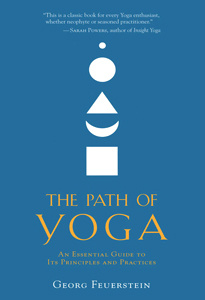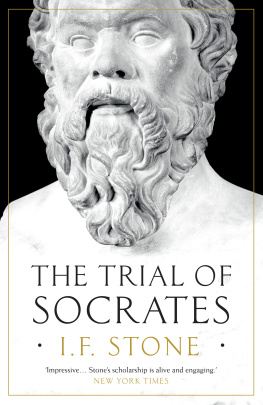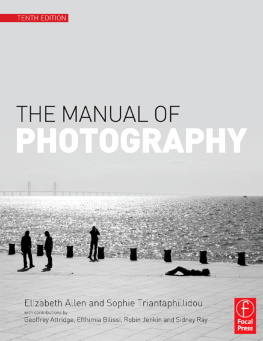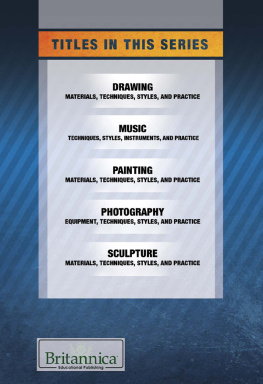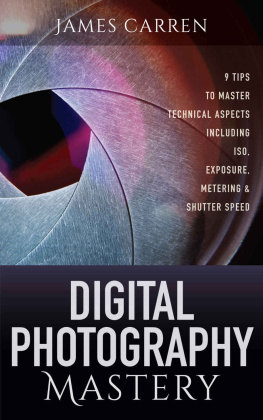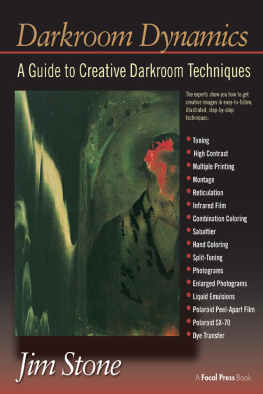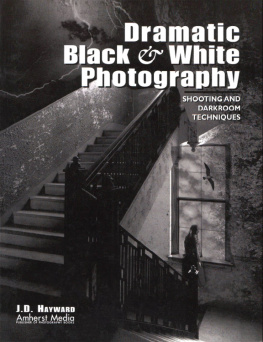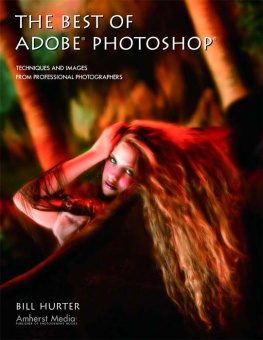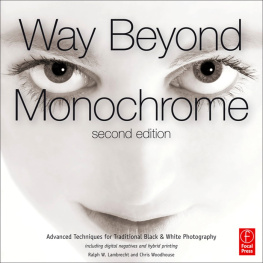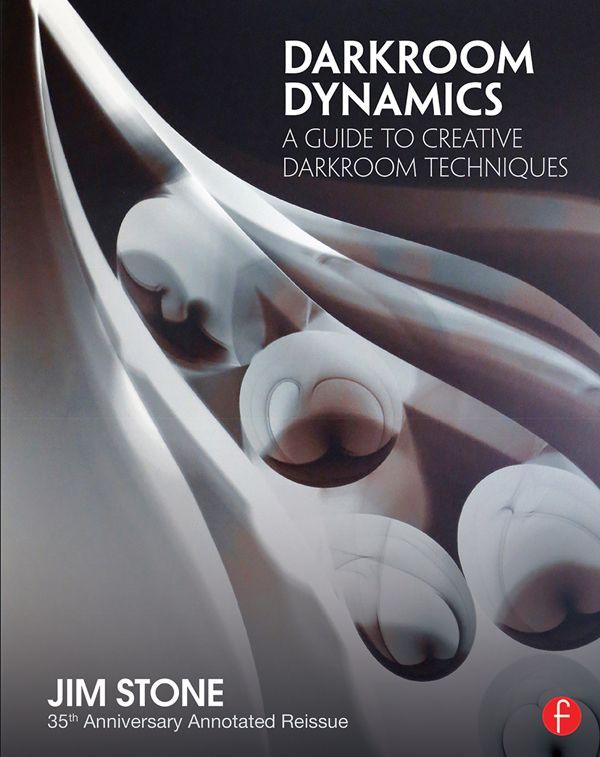Darkroom Dynamics
Darkroom Dynamics , the classic darkroom manual for alternative and manipulated photography by renowned photographer and author Jim Stone, is back in printessentially unchanged35 years after it was first published. Each technique presented in this book derives from one of the 16 artists, who provide step-by-step expert instructions for each process. This illustrative, practical book is perfect for students of darkroom photography and anyone interested in experimental photography and alternative processing. Featured processes include:
- Multiple printing
- Montage
- Toning
- Reticulation
- Infrared film
- High contrast
- Combination coloring
- Liquid emulsion
- The Sabattier effect
- Photograms, and much more.
Jim Stone is a Professor of Photography at the University of New Mexico and the author of several monographs and educational books on photography, including those he co-authored with Barbara London (Photography ; A Short Course in Photography: Film and Darkroom ; A Short Course in Photography: Digital ). His photographs have been exhibited and published internationally and are in the permanent collections of major museums.
Darkroom Dynamics
A Guide to Creative Darkroom Techniques 35 thAnniversary Annotated Reissue
JIM STONE, Editor
This edition published 2016
by Focal Press
711 Third Avenue, New York, NY 10017
and by Focal Press
2 Park Square, Milton Park, Abingdon, Oxon OX14 4RN
Focal Press is an imprint of the Taylor & Francis Group, an informa business.
Taylor & Francis 2016
The right of Jim Stone to be identified as author of the editorial material, and of the authors for their individual chapters, has been asserted by him in accordance with sections 77 and 78 of the Copyright, Designs and Patents Act 1988.
All rights reserved. No part of this book may be reprinted or reproduced or utilised in any form or by any electronic, mechanical, or other means, now known or hereafter invented, including photocopying and recording, or in any information storage or retrieval system, without permission in writing from the publishers.
Trademark notice: Product or corporate names may be trademarks or registered trademarks, and are used only for identification and explanation without intent to infringe.
First published by Curtin & London, 1979
Library of Congress Cataloging in Publication Data
A catalog record for this book has been requested
ISBN: 978-1-138-94464-0 (hbk)
ISBN: 978-1-138-94463-3 (pbk)
ISBN: 978-1-315-67178-9 (ebk)
Typeset in Trump Mediaeval
by Apex CoVantage
Interior design: Katy Homans
Cover image: Daniel Ranalli
Contents
John Craig
Peter Laytin
Daniel Ranalli
Olivia Parker
Rosamond Wolff Purcell
Greg MacGregor
Dick Bartlett
Michael Kostiuk
Christopher James
Gary Hallman
J. Seeley
Gail Rubini
Michael Teres
Allen Dutton
Benno Friedman
Kenda North
This book is an encouragement to leave the photographic tradition of representation, and to enter a broader area of creative control. The processes presented are not new, but the work reproduced here is fresh and unique. Each chapter, along with its accompanying reproductions, is the work of a practicing artist. These artist/authors have been selected for several reasons. First, each embodies a commitment to, and an understanding of, a specific way of working with photographic materials. Second, each artist has devoted sufficient effort to a way of working that it has merged with that artists vision. Thus the imagery transcends the novelty of the process. Third, the editor and the majority of the artists represented here are professional educators as well, teaching in university art departments across the country. From that wealth of experience come lucid and thorough explanations.
The processes are also carefully selected. None demands more experience with photography than that of processing and printing black-and-white film. All utilize readily available materials, and require little equipment beyond a basic black-and-white darkroom. Each chapter has been crafted to present a procedure in as pure a form as possible. Many processes, however, overlap others, and virtually all can be combined. Toning and hand coloring, for example, can be applied to prints made by Sabattier, reticulation, or photomontage. Although intentionally excluded, conventional color photographic materials can be substituted for black-and-white in almost every circumstance.
It would be no challenge, following the procedures outlined in this book, for you to produce images which seem novel and innovative. The difficulty, and the real creativity, will come with your attempt to sustain that feeling of accomplishment. By the very nature of the included material, the possibilities are endless. Consider the suggestions in this book as merely starting points. There are no rules, and as Harry Callahan once said, thats what makes art better than baseball.
Acknowledgments
The production of this book has been a cooperative project of the highest order. I would like to thank each chapter author for an exemplary job and for tireless cooperation. For production assistance, thank you to Karen Campbell, William E. Crawford, Carlota Duarte, Martha Jenks, Jon Holmes, Arno Minkkinen, Ann Parson, Davis Pratt, Belinda Rathbone, Leslie Simitch, and Kris Suderman. For technical assistance, Dennis Purcell for the Polaroid Peel-Apart chapter, and Frank N. McLaughlin of Eastman Kodak and Larry McPherson for the Dye Transfer chapter. The illustration photographs for the Dye Transfer chapter were made by Alden Spilman. The photograph on p. 5 is courtesy of the Fogg Art Museum, Harvard University, Purchase: Robert M. Sedgwick II fund. The reproductions on pp. 40, 67, and 175 (left) are courtesy of the International Museum of Photography at George Eastman House.
Special thanks go to David Herwaldt for editorial assistance, Katy Homans for a beautiful book design, and to both for moral support. Extra special thanks go to my parents, Charles and Sylvia Stone, for everything.
Jim Stone
A 2015 Note from the Editor
The technology of photography has transformed since the original publication of this book in 1979. Many of the materials for analog photography have vanished, along with some of the companies that made them. Now, the visual qualities of most of this books explorations can be approached, if not replicated, with digital images and computer manipulation.
Nonetheless, the insights of artists represented here, as well as their approach to process, are as valuable today as then. And despite the fading of its commercial practicality, there is sustained interest in, and passion for, film-and-darkroom photography.
This book is again available printed exactly as it was, but with the addition of short notes in text boxes like this one that indicate some of the products that are no longer available andwhen possiblesuggestions for substitution.
John Craig




